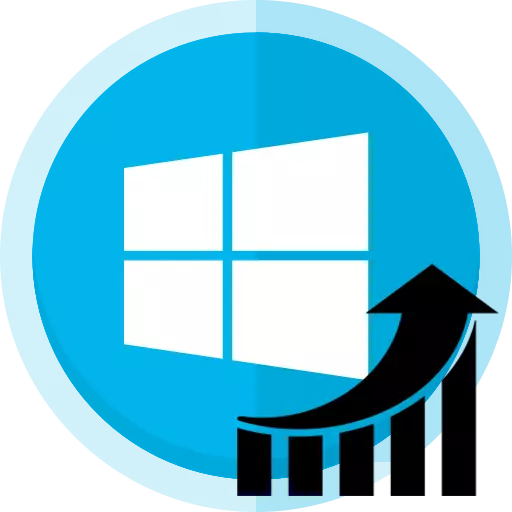
Many Windows 10 users want to improve computer performance. But to do this, you need to know exactly what and what is required. Some methods are pretty simple, but there are those that require some knowledge and care. This article will describe all the main and efficient methods to improve the quality of the system.
Improve computer performance on Windows 10
There are various options for solving this task. You can set the optimal settings for the system, turn off some components from autoloading or use special programs.Method 1: Disabling visual effects
Often it is the visual effects that load the device, so it is recommended to disable some unnecessary elements.
- Right-click on the Start icon.
- Select "System".
- On the left side, find "Advanced System Parameters".
- In the Advanced tab, go to the speed parameters.
- In the appropriate tab, select "Provide the best speed" and apply the changes. However, you can set the visualization parameters comfortable for you.

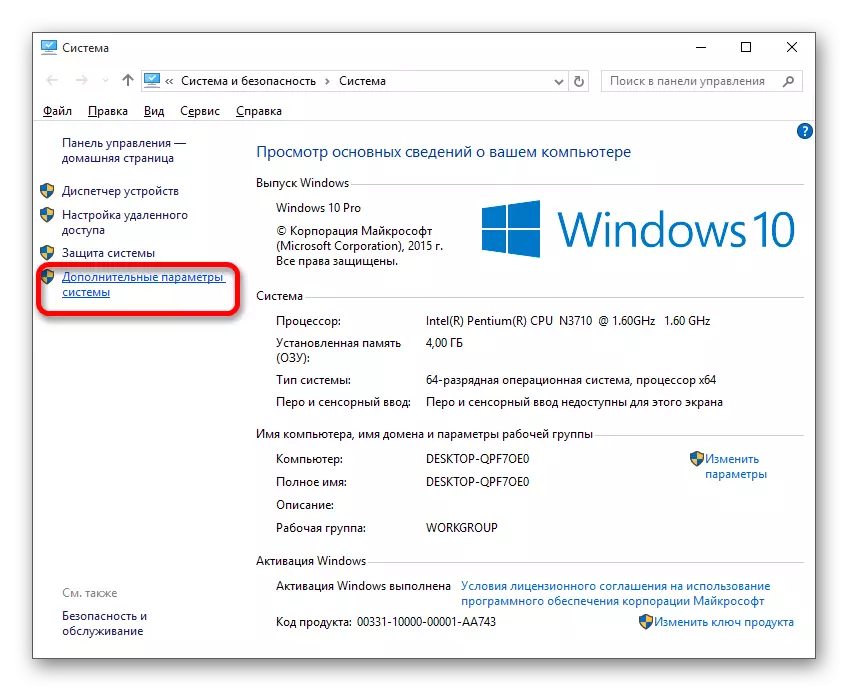
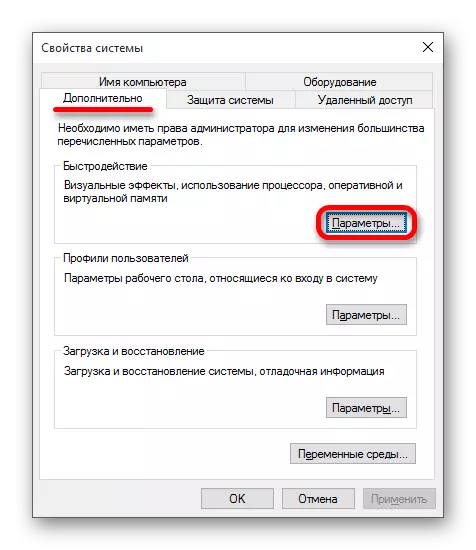
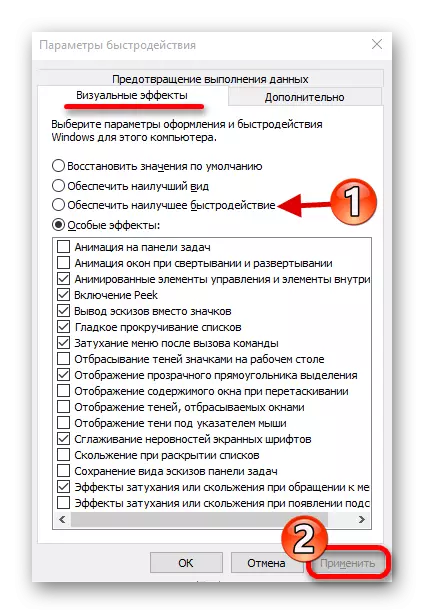
Next, you can configure some components using "Parameters".
- Clamp Win + I and go to "Personalization".
- In the "Color" tab, turn off the "automatic selection of the main color of the background."
- Now exit the main menu and open the "Special Features".
- In "other parameters" opposite the "Play Animation in Windows" function, move the slider into an inactive state.
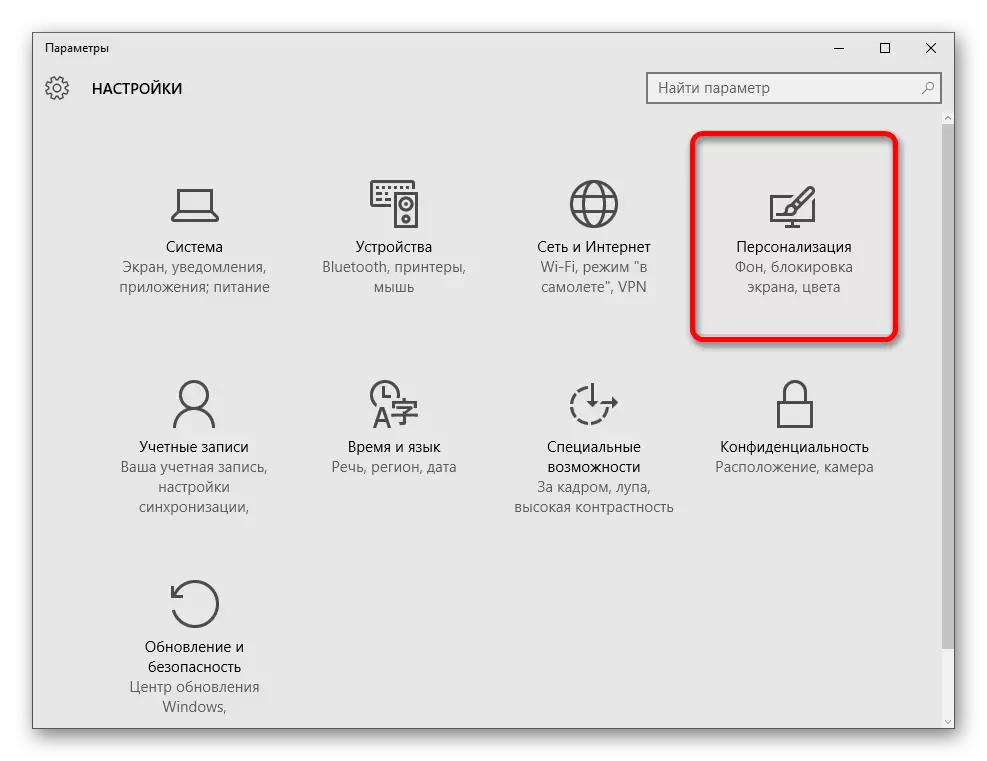
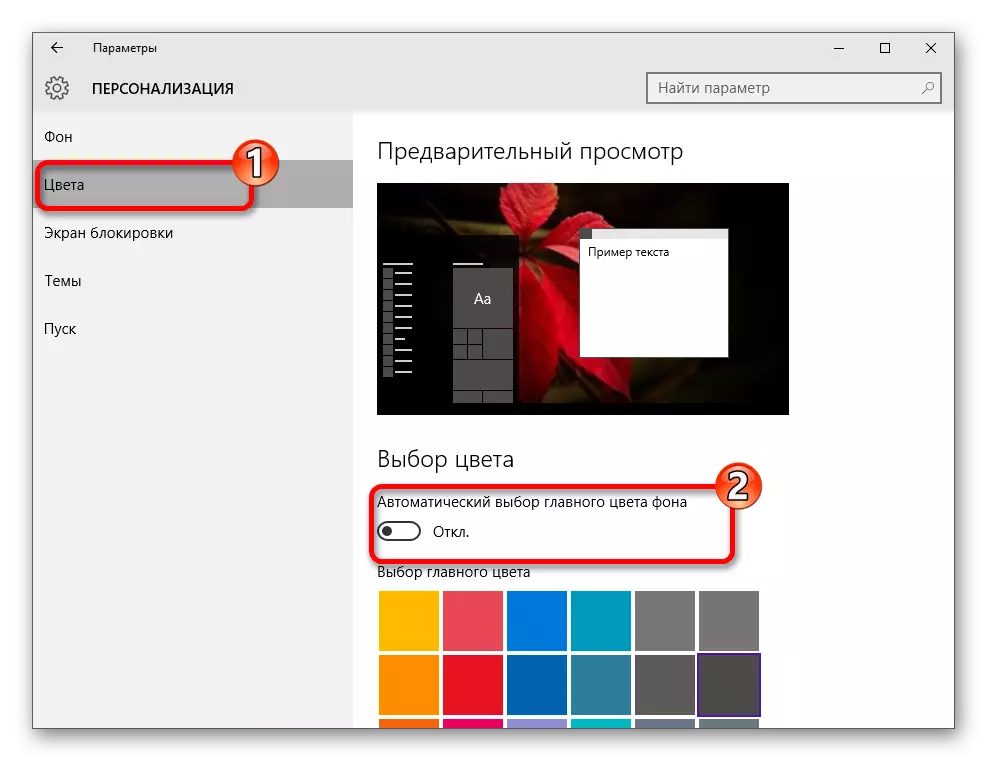

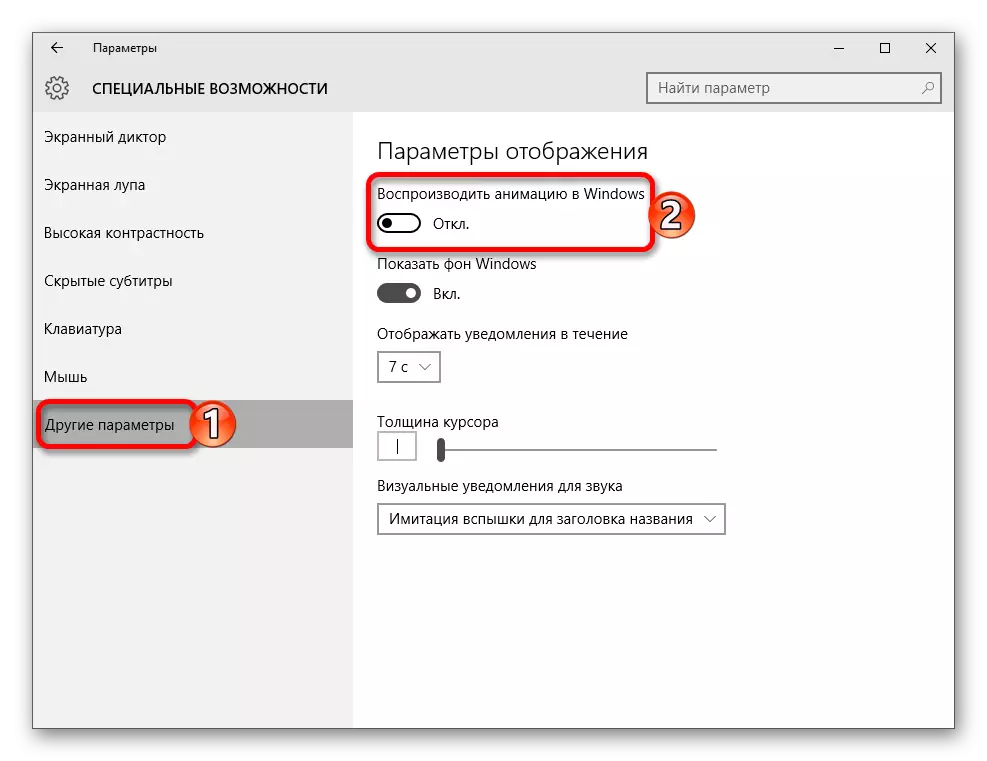
Method 2: Disk Cleaning
A large amount of unnecessary data is often accumulated in the system. Occasionally need to be removed. This can be done with built-in means.
- Click twice with the left mouse button on the "Computer" label.
- Call the context menu on the system disk and select "Properties".
- In the General tab, find "Cleaning the disk".
- The evaluation process will begin.
- Check the files you want to delete, and click OK.
- Agree with removal. After a few seconds, unnecessary data will be destroyed.
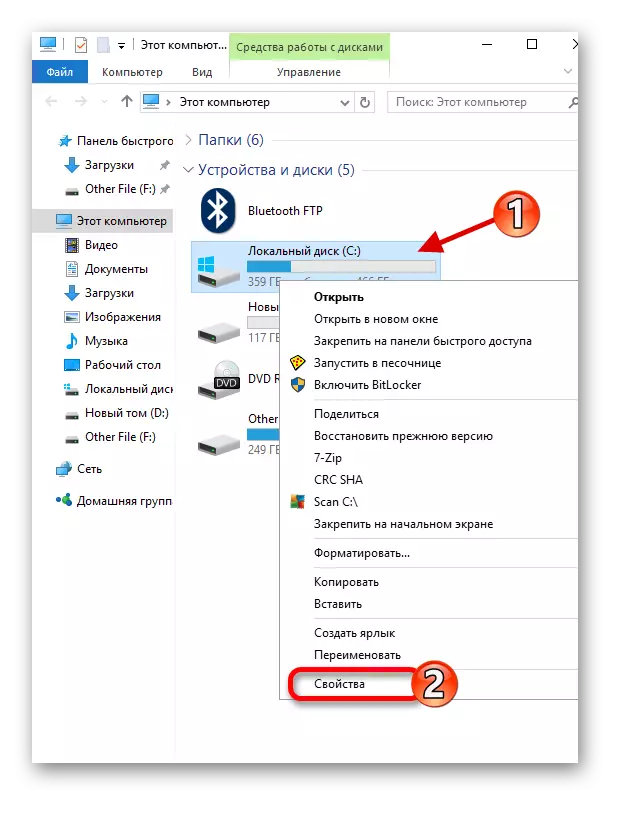
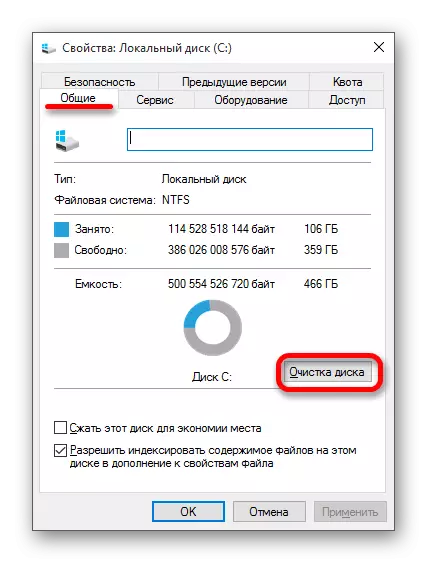

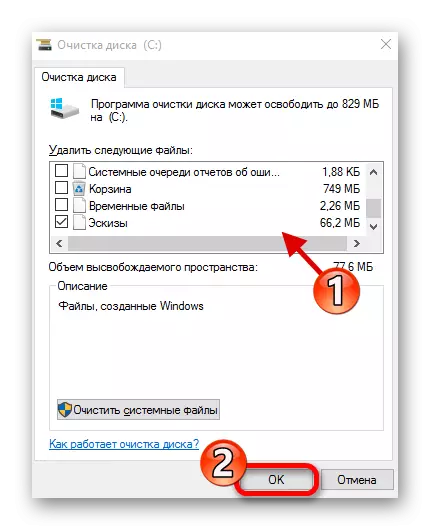
Clean unnecessary objects can be special programs. For example, CCleaner. Try to delete as needed, because the cache that is generated by various software during its use, contributes to the rapid load of some elements.
Read more: Cleaning Windows 10 from garbage
Method 3: Disable elements in autoload
In the "Task Manager" you can always find various processes in the autoload. Some of them can be useless for you, so they can be disabled to reduce resource consumption when the computer is turned on and operating.
- Call the context menu on the Start icon and go to the Task Manager.
- In the "Startup" section, select the program element unnecessary to you and press the "Disable" button at the bottom of the window.
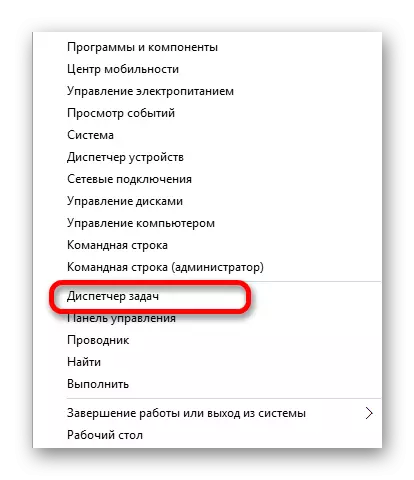
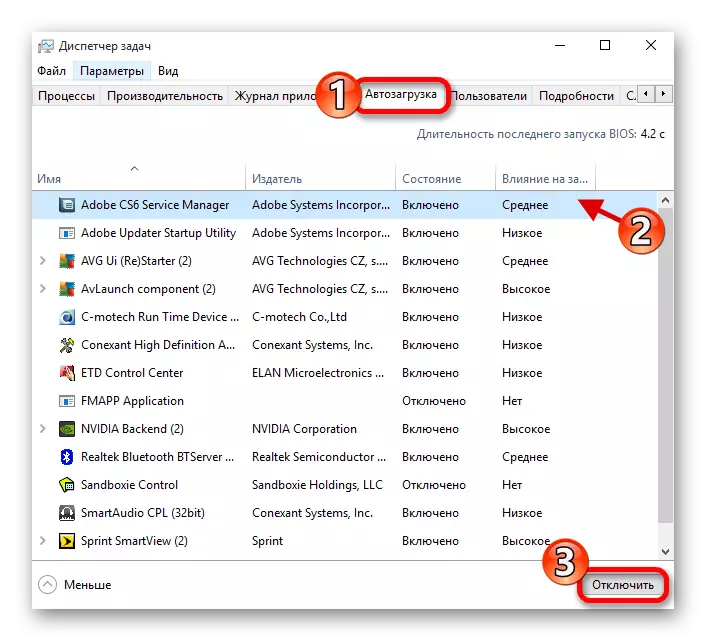
Method 4: Disable Services
The complexity of this method is that it is necessary to know exactly what services are useless or not required when using the PC everyday use in order to not harm the system.
- Hold Win + R and write
Services.msc.
Click "OK" or ENTER to start.
- Go to the advanced mode and double-click on the desired service.
- In the description you can find out what it is intended for. To disable it, select the appropriate setting in the "Start Type".
- Apply Changes.
- Restart the computer.
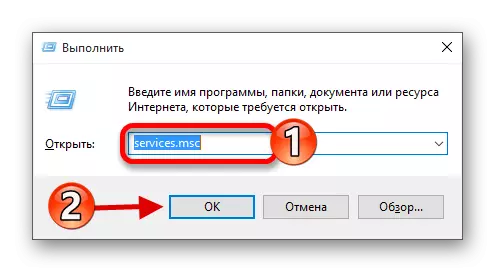
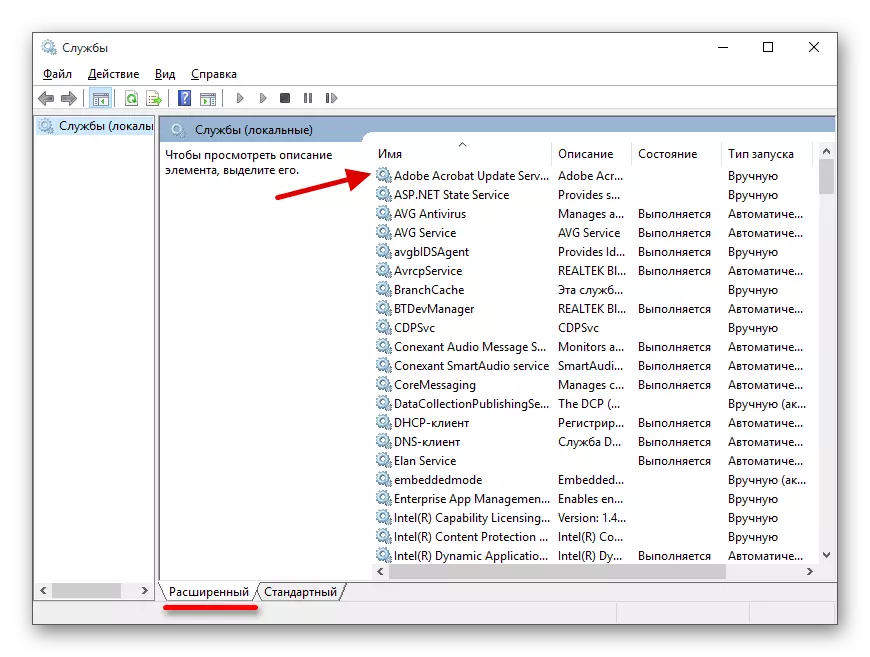
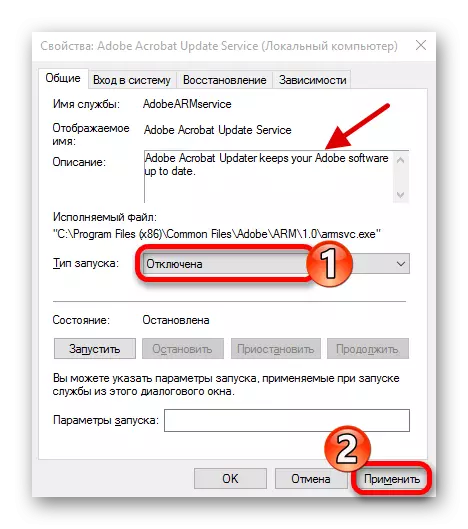
Method 5: Power Setup
- Call the menu on the battery charge icon and select "Power".
- A balanced diagram is recommended for a laptop at which the balance between power consumption and performance will be observed. But if you want more, choose "High Performance". But keep in mind that the battery will be faster.
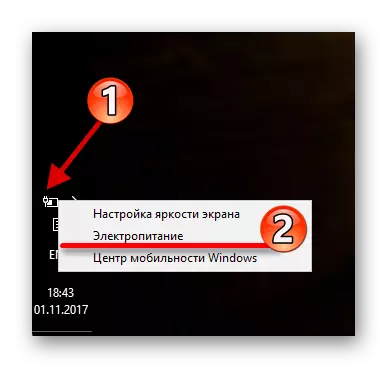
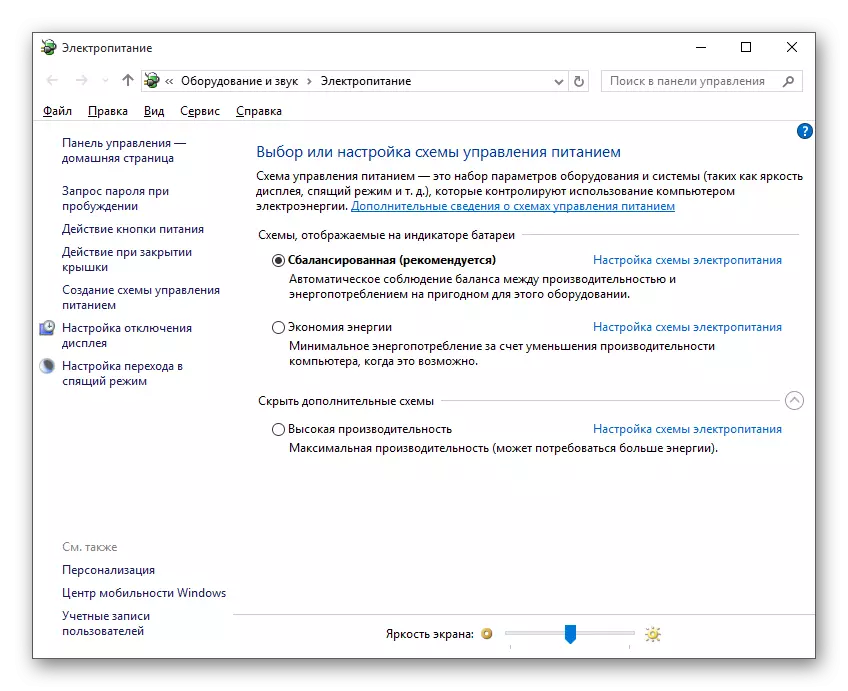
other methods
- Watch for the relevance of the drivers, because they play not the last role in the performance of the device.
- Check the system for viruses. Malicious programs can consume a lot of resources.
- Never put two antivirus at once. If you need to change protection, then it should be completely removed old.
- Watch out for the cleanliness, serviceability and compliance of the components. Much depends on them.
- Delete unnecessary and unused programs. It will keep you from excess garbage.
- Some Windows Components 10, which are responsible for tracking, can affect the load of the computer.
- Minimize the use of all sorts of utilities and programs to increase productivity. They can not only help the user, but also to load RAM.
- Try not to ignore OS updates, they can also help increase system speed.
- Watch out for free hard disk space, because the crowded drive always creates problems.
Read more:
The best programs for installing drivers
How to update drivers on a computer using Driverpack Solution
READ ALSO: Computer check for viruses without antivirus
Read more: Deleting Anti-Virus from Computer
Lesson: Disconnecting the surveillance in the Windows 10 operating system
Here are such methods you can accelerate the computer on Windows 10.
